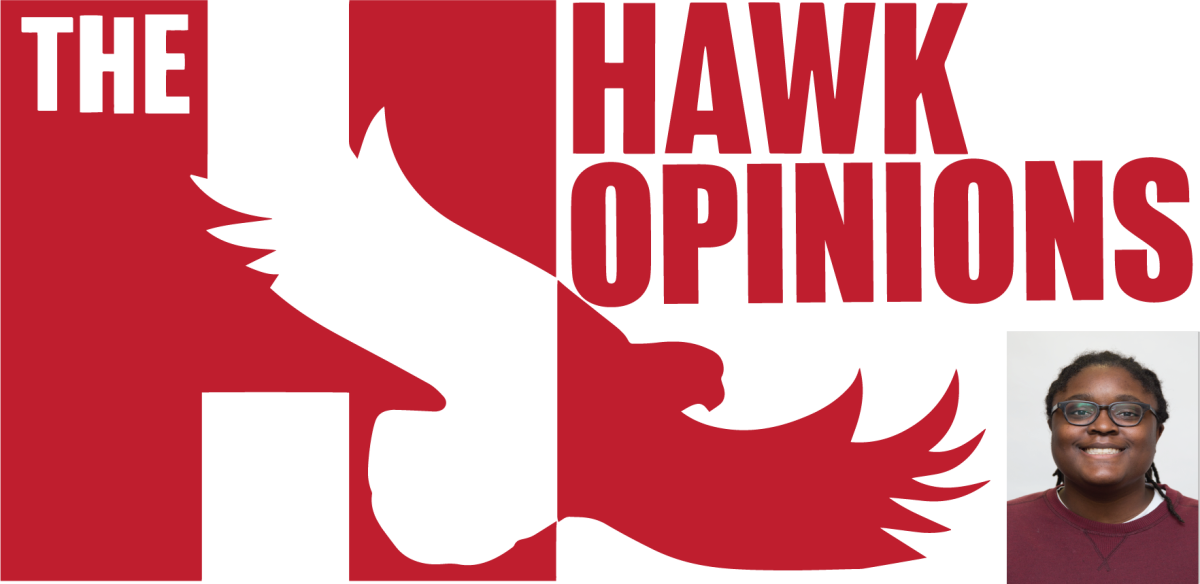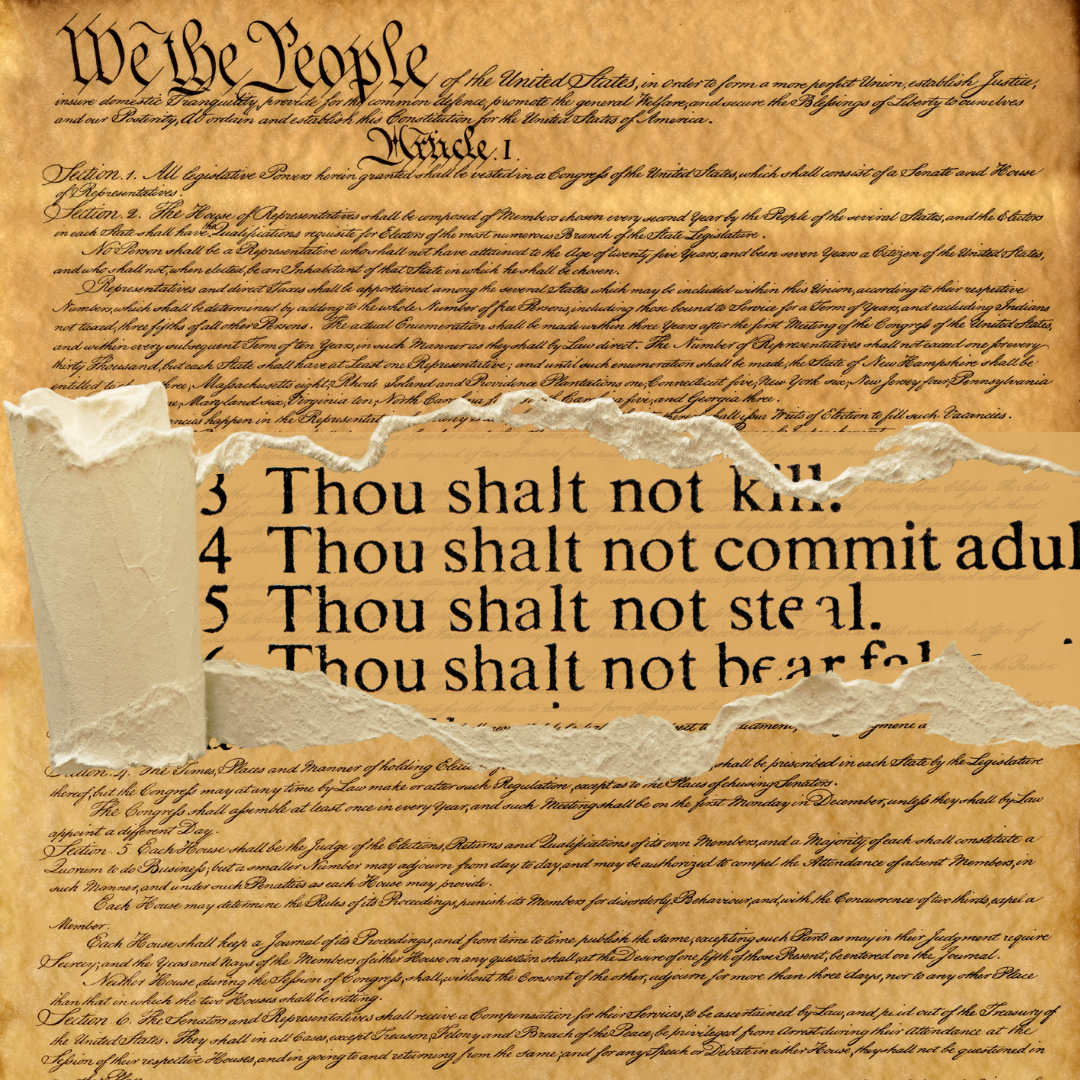Black life under a dangerous precedent
I can’t really begin to describe the thoughts that move through my mind constantly about safety in public spaces. There is always an ever present thought in the back of my mind about what my physicality means in different places. These spaces are usually predominantly white spaces, like classrooms on campus or workplaces.
And even when I’m thinking about how my blackness communicates my physicality, I never think of myself as a threat. In public spaces like Starbucks especially, I don’t really think of how my blackness reflects my physicality to others. A video that I saw recently really made me stop and think.
There was a video that I stumbled upon recently while scrolling through Instagram’s explore page that I really can’t seem to get off my mind. The video was of two black men in a Center City Starbucks being accosted by the police and escorted out of the public establishment, where they were simply waiting for a friend.
In the video, the two men are simply sitting at a table in a Starbucks, waiting to be joined by their friend. They are then approached by police officers, who, after having a discussion with the black men, arrest them and escort them from the premises while other patrons of the Starbucks express their disagreement with the police officers’ decision. The video is very cut and dry: there was no violence, but it still holds an important significance.
There can be something said for the cops’ ludicrous decision to arrest the men after being called by the Starbucks manager, even more so about the clear racist identification of black men as threats, but more than those things this situation reaffirms that public spaces are never really safe for black people.
I think at this point, people are starting to understand why black people are perceived as threats, but no one really ruminates on this systemic and racist perception. Unless you are black and living a black existence, you may have the luxury to not ever think about others’ perceptions of black peoples’ physicality.
I’d even assert that black people are not always thinking of this. They can be lulled into the false safety of walking into a Starbucks to purchase a latte and a scone like anyone else.
What this video reaffirms for me is that black people, when in public spaces, lose all bodily safety. We see this in extreme cases like Philando Castile and Trayvon Martin, but we also see it here. Ta-Nehisi Coates talks about this physical insecurity in his book Between the World and Me, explaining how, due to racist power structures of our country, someone can very easily take a black person’s life.
It seems that the physical insecurity and instability of a black person’s ownership of their body that Coates talks about permeates into spatial security, or more accurately the negation of that spatial security.
But we all kind of know this. As I said before, we’ve seen moments like this, extreme ones, but ones that showed concretely this idea of spatial insecurity for black people.
This begs the question though, what should black people do about this precedent of spatial insecurity?
I personally don’t believe it is a “black” issue as much as it is a societal issue. Black people don’t have to stop going to Starbucks or to other public spaces with white people to be spatially secure. It is on those with these mindsets, that see black people as threats, to re-contextualize their understanding of black physicality.
It is a complex issue with a complex answer that can’t be offered by black people because black people are the subject of this racist and engrained perceptual hate. And that’s not a cop out, it is just the truth.














































